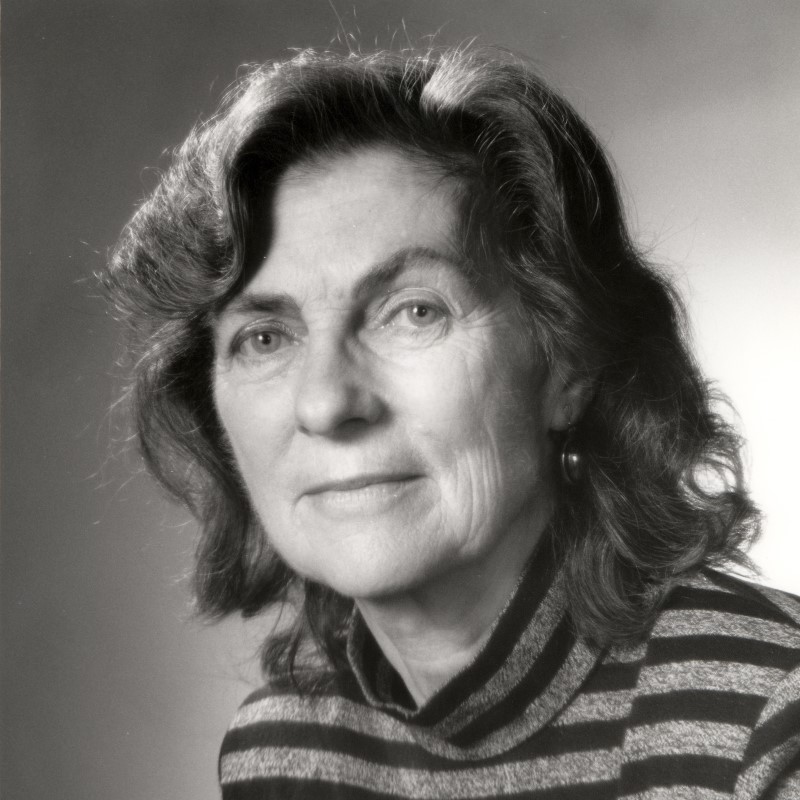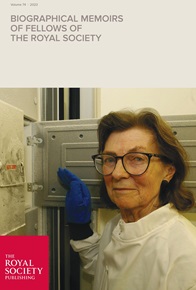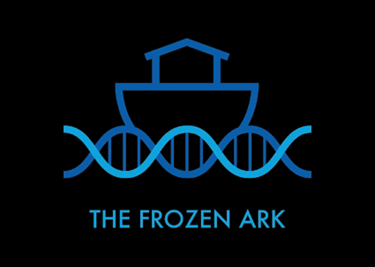The new volume of memoirs features pioneering molecular and cellular biologists, including the first female Fellow to hold office at the Royal Society.

Highlights from the latest volume of Biographical Memoirs include a bounty of biological discovery and inspirational figures.
Anne McLaren DBE FRS was eminent in the fields of mammalian development and reproductive biology. Following her distinguished research on reproductive physiology in mice, she was elected Fellow of the Royal Society in 1975. In 1991 she became the Royal Society’s first female Foreign Secretary, and then also served as Vice President until 1996. Anne’s work on embryo transfers in mice preceded the first human IVF birth in 1978, and she would go on to be a key figure in discussions on the ethical, legal and social implications of assisted reproduction.
the fields of mammalian development and reproductive biology. Following her distinguished research on reproductive physiology in mice, she was elected Fellow of the Royal Society in 1975. In 1991 she became the Royal Society’s first female Foreign Secretary, and then also served as Vice President until 1996. Anne’s work on embryo transfers in mice preceded the first human IVF birth in 1978, and she would go on to be a key figure in discussions on the ethical, legal and social implications of assisted reproduction.
On the theme of reproduction, Polish biochemist Thaddeus Mann FRS, who passed away in 1993, receives a long overdue memoir that commemorates his contributions in the field of male reproductive biology. His research informed artificial insemination and assessment of fertility in farm animals, and, like Anne McLaren’s work, would have a major influence on human fertility research.
Anne shares a connection with another fellow celebrated here: evolutionary geneticist Bryan Campbell Clarke FRS. With Bryan and his wife, immunologist Ann Clarke, the three founded the Frozen Ark project, a charity that seeks to preserve DNA, cell lines, and gametes of endangered species.

The Frozen Ark logo (© The Frozen Ark).
Whilst studying a Salmonella outbreak at a hospital in 1959, Naomi Datta FRS discovered the genetic factors responsible for the transfer of resistance between bacteria. With others, she revealed that replicating loops of DNA in bacteria, named plasmids, could confer resistance on a neighbour by the transfer of copies of transposable genetic material that contained the drug resistance genes. These discoveries, aside from advancing our understanding of antibiotics resistance, also made way for the provocative field of genetic engineering.
Another Fellow interested in the bacterial genome was John Cairns FRS, who showed that E. Coli have a circular genome. Using autoradiography imaging he captured the circular chromosome replicating with Y-shaped junctions that he termed ‘replication forks’.

Autoradiograph of Escherichia coli genome by John Cairns.
Other molecular biology and biochemistry highlights include Freddie Gutfreund FRS, who introduced ‘molecular enzymology’ as a discipline within the field of biochemistry; and plant biochemist Bob Whatley FRS, whose fundamental discoveries form the basis of our present textbook understanding of photosynthesis.
Beyond biology, the new volume also features Fields Medallist Alan Baker FRS, Chemistry Nobel Laureate Alan MacDiarmid FRS, the father of the modern glass-making process Alastair Pilkington FRS, and UK Prime Minister Margaret Thatcher.
Biographical memoirs are published online as they are ready before being compiled into two volumes per year. Sign up for alerts or keep an eye on our website for new memoirs as they appear.
Image credits
Top image: Portrait of Dame Anne McLaren taken in 1991 by Godfrey Argent, copyright Godfrey Argent Studio.
Volume 74 cover image: Dame Anne McLaren (1927 – 2007). Photograph taken in 2004 at the Natural History Museum in London, with DNA samples from endangered species stored in a 'frozen ark'. Credit: Fiona Hanson - PA Images / Alamy Stock Photo.
The Frozen Ark logo (© The Frozen Ark).
Autoradiograph of Escherichia coli genome. From ‘The bacterial chromosome and its manner of replication as seen by autoradiography’ by John Cairns. Journal of Molecular Biology, Volume 6, Issue 3, March 1963, Pages 208-213.



